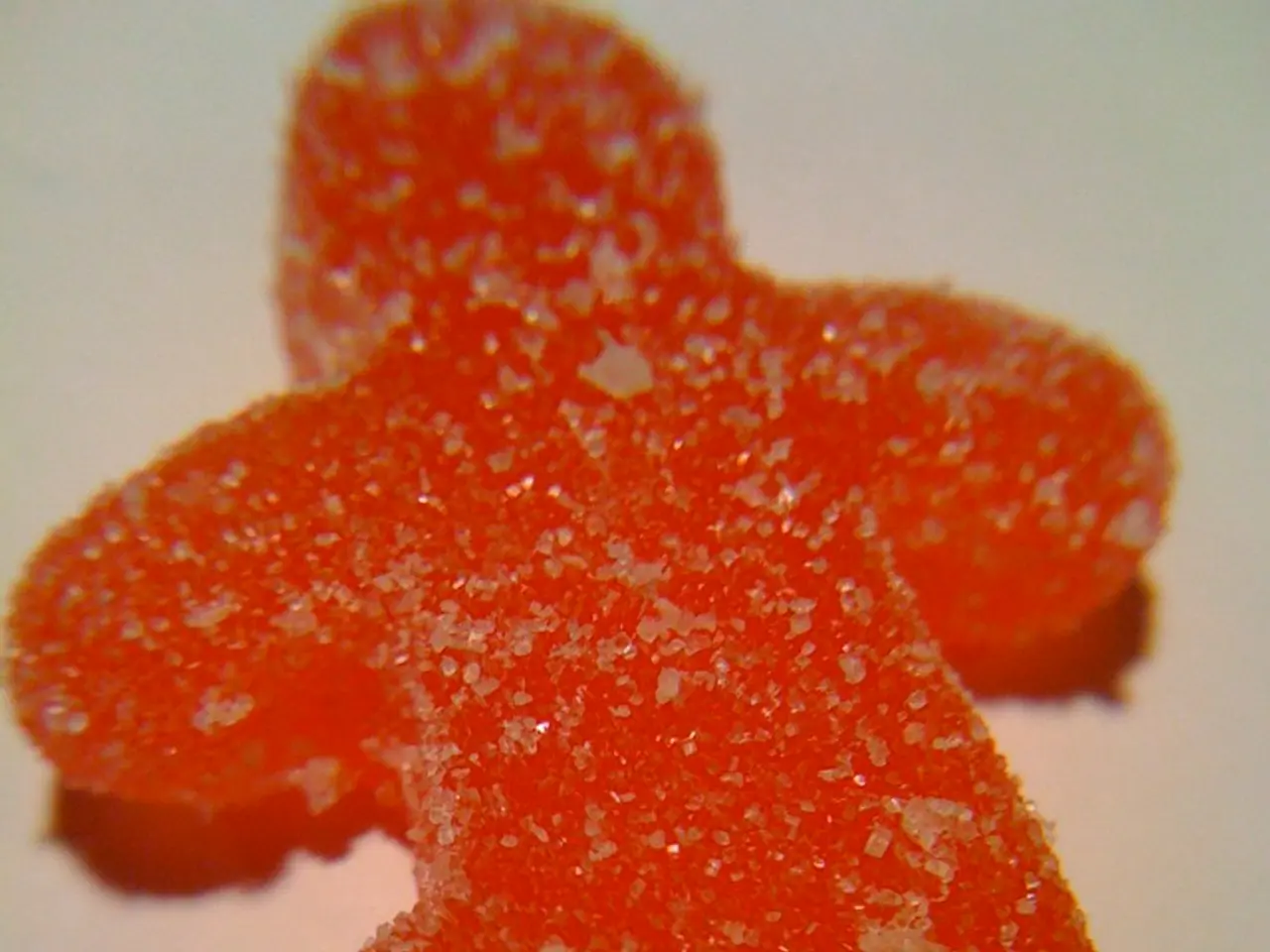Dark Skin Bruises: Recognition and Remedy
Bruises, those unsightly marks that appear after blunt trauma, are a common occurrence for many people. However, when it comes to individuals with darker skin tones, the appearance and diagnosis of these marks can be more complex due to several factors related to skin pigmentation, bruise characteristics, and the stage of bruise development.
Melanin, the pigment responsible for skin colour, plays a significant role in this complexity. Darker skin has higher melanin levels, which can mask the typical colour changes seen in bruises on lighter skin, making them less visually distinct and more challenging to diagnose purely by colour. This increased melanin can also complicate the identification of post-inflammatory hyperpigmentation that may follow bruising or injury.
The stage and depth of the bruise are also crucial factors. Bruises evolve from oxyhemoglobin-rich early stages to hemosiderin-dominated later stages. Deeper bruises may be less visible on the surface in dark skin and require different diagnostic considerations.
Patients with darker skin are more prone to developing post-inflammatory hyperpigmentation after bruising or trauma due to an overproduction of melanin triggered by inflammation. This can alter the lesion's appearance and complicate diagnosis.
Skin thickness and elasticity, which can change with aging, may also affect bruise appearance and healing. Sun exposure and pigmentation disorders, such as melasma, can further complicate the visual assessment of bruises on dark skin.
Despite these challenges, it's important to note that bruises on dark skin may initially appear as dark brown or black. Most bruises heal over time without treatment. People with medium skin tone may have more red and yellow in their bruises compared to those with light or dark skin tone. Skin creams containing ingredients for healthy skin may help in the healing process.
In summary, the higher melanin concentration in dark skin, the stage and depth of the bruise, and the risk of post-inflammatory hyperpigmentation are key factors influencing the appearance and diagnosis of bruises on dark skin. Clinicians need to consider these nuances and may rely more on palpation, patient history, or adjunctive diagnostic tools rather than visual cues alone.
Anyone who notices a bruise that does not change colour or feeling after a few days should contact a doctor. Severe bruising may cause symptoms such as numbness, loss of function in a nearby joint or muscle, vision impairment, a bruise that keeps growing, a bruise lasting longer than 2 weeks, a bruise near a fractured or sprained bone, or a bruise in the abdomen with no known cause. These symptoms require immediate medical attention.
Over-the-counter painkillers, such as acetaminophen (Tylenol), can help dull any pain from a bruise. Wrapping the affected area with an elastic sports wrap may help reduce swelling, and raising the injured area can also help with this.
In cases where visual assessment is difficult, the use of alternative light source technology can assist doctors in assessing skin issues they cannot normally see due to very dark skin. This technology can help ensure accurate diagnosis and appropriate treatment for patients with darker skin tones.
[1] Skin of Colour Update, 2019. [2] American Academy of Dermatology, 2017. [3] British Journal of Dermatology, 2018. [4] Journal of the American Academy of Dermatology, 2020.
- The pigment melanin, responsible for skin color, contributes to the complexity in diagnosing bruises on individuals with darker skin tones, as it can mask typical color changes.
- Post-inflammatory hyperpigmentation, a potential outcome of bruising or injury in individuals with darker skin, can further complicate the assessment of bruises due to an overproduction of melanin.
- Mental health, familial health, and parenting are all important aspects in maintaining overall health and wellness, and should be considered in the broader context of treating skin-related conditions such as bruises.
- Therapies and treatments for skin care, including creams, can aid in the healing process of bruises regardless of skin tone.
- In the field of sexual health, it's crucial to understand the relationship between bruising and intimate partner violence, and provide appropriate resources and support for those affected.




